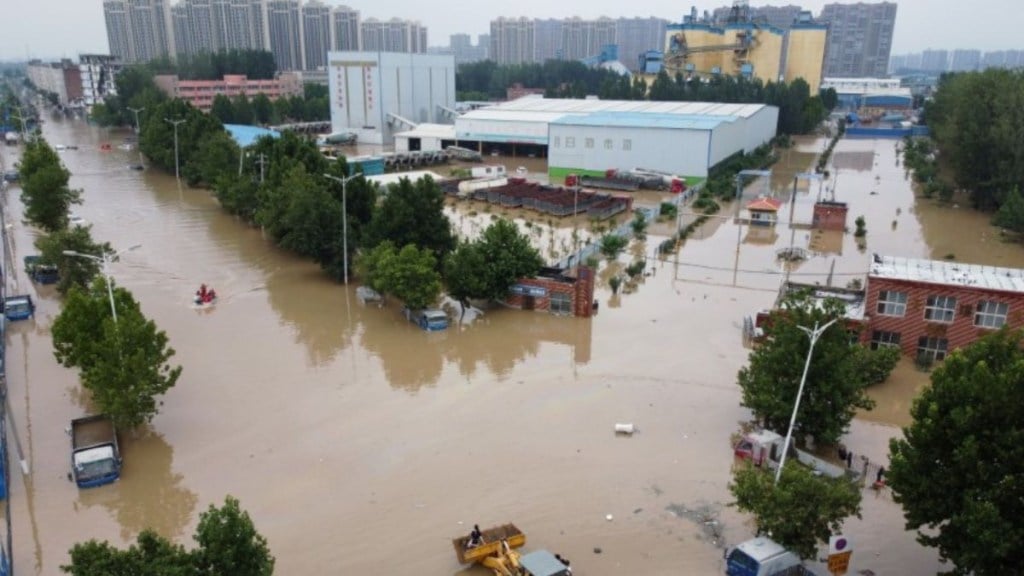Countries all over the world have been facing extreme weather conditions of all sorts. Some have seen flooding due to extreme rainfall while others have faced forest fires and heat stroke patients piling up in hospitals. The El Nino effect has been said to be a reason for such conditions across the globe, it has recently affected the monsoon pattern in India.
Extreme weather world over
Extreme weather has been prominent across the globe throughout July, the temperatures in China broke previous records, the United States and southern Europe had forest fires, there were water shortages and a rise in heat-related hospital admissions.
According to an assessment by scientists, human-induced climate change has played an “absolutely overwhelming” role in the extreme heat waves that have swept across North America, Europe and China this month.
According to a study conducted by the World Weather Attribution, the global team of scientists, climatic events would have been “extremely rare” if there was not much of, what they call, human-induced climate change.
The World Weather Attribution team estimated that rising greenhouse gas concentrations made the European heatwave 2.5 Celsius hotter than it would otherwise have been. The rising greenhouse gas concentration has caused the North American heat wave to rise by 2C and the one in China by 1C. It has also directly impacted human health and has caused large-scale crop damage and livestock losses.
The El Nino effect
The scientists said that the El Nino could have probably contributed to the additional heat in some regions, but rise in greenhouse gases was the major factor and heatwaves will become increasingly likely if emissions are not slashed. If average global temperatures rise 2C above pre-industrial levels, it is estimated that prolonged periods of extreme heat are likely to hit every two to five years. It’s been estimated that the average temperatures can rise more than 1.1C.
A scientist with the Grantham Institute for Climate Change in London, Friederike Otto, said that the events they have looked at are not rare in today’s climate. She added that from a climatological point of view it is not surprising that these events are all occurring simultaneously. As long as fossil fuels are burnt, the world shall witness more and more of these extreme weather conditions.
Increase in Asian climate change
Effects of climate change in Asia have been on rise with extreme weather events like droughts and large-scale floods. The continent’s ecosystems and food security are bound to be affected, claims the World Meteorological Organization. A report was published in which WMO stated that Asia was the region of the globe most affected by disasters, with 81 weather, climate and water-related catastrophes that were documented last year in which the majority were floods and storms. The WMO research also said that due to the warm and dry weather in 2022, the majority of glaciers in the High-Mountain Asia region had lost a considerable amount of mass.

